Ponder the intriguing question – 'Did Jesus dance in the Bible?' – and delve deep into a theological mystery that defies simple answers.
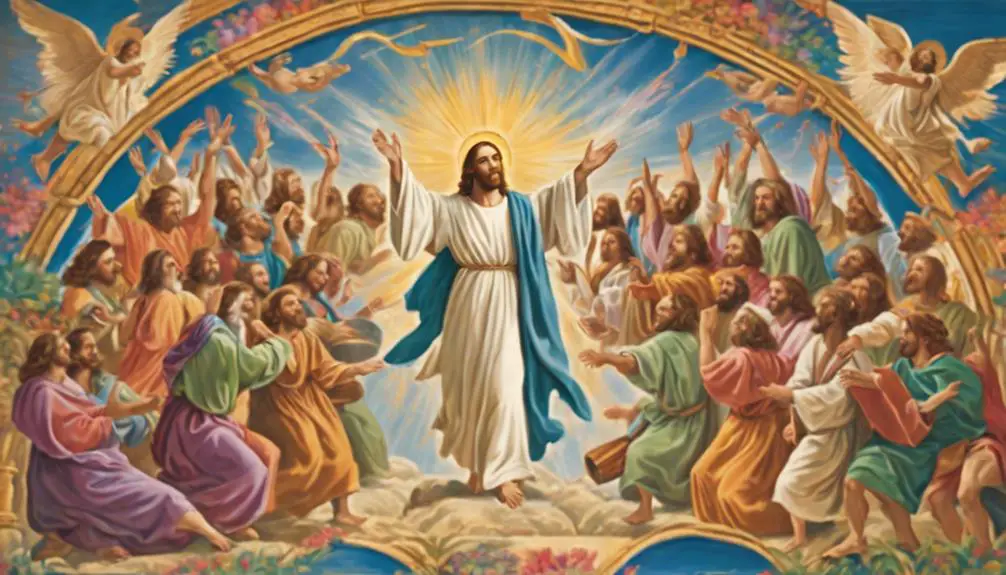
Did Jesus Dance in the Bible
You've just encountered a time capsule, uncovering the question – Did Jesus ever cut a rug in the Bible? It's a thought-provoking topic, isn't it?
The Bible is laden with instances of dance as an expression of joy, worship, and victory. However, when you're trying to pinpoint an instance of Jesus himself dancing, it gets a bit murky. There are no explicit texts saying, 'And Jesus danced.' But does that mean he didn't?
It's an intriguing puzzle waiting to be solved, isn't it? You might just be the Sherlock Holmes this mystery needs.
Key Takeaways
- There are no specific biblical passages that directly mention Jesus dancing in the New Testament.
- Dance is a significant aspect in the Bible, often symbolizing joy, celebration, and worship.
- Theological theories, such as the Divine Dance Theory, speculate on Jesus's potential involvement in dance.
- Despite the lack of definitive evidence, cultural and historical contexts suggest dance was integral in social and religious activities during Jesus's time.
Understanding Biblical References to Dance
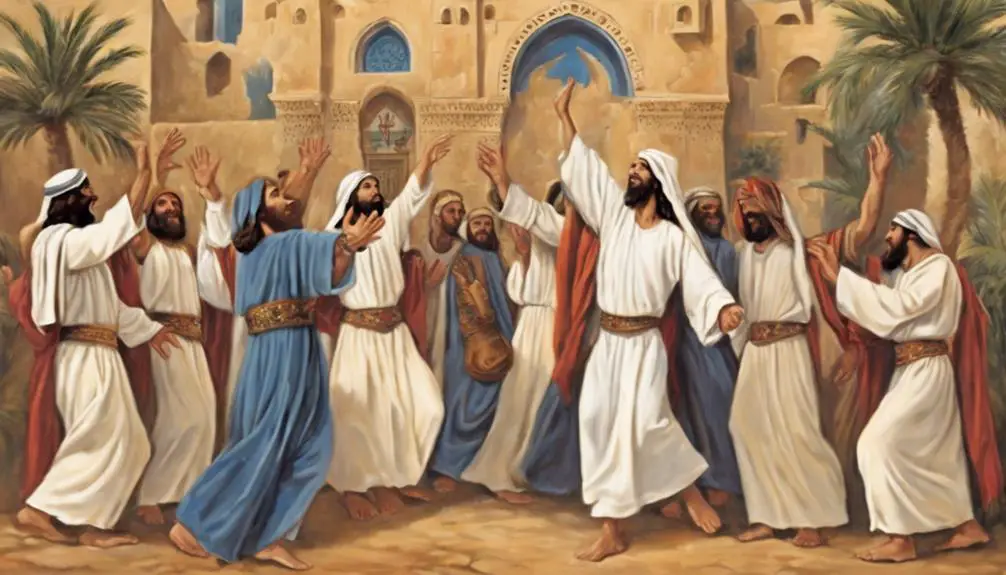
To fully grasp the possible implications of Jesus dancing in the Bible, you'll first need to understand the various biblical references to dance and their cultural significance during that period. Dancing wasn't just a physical activity, it was a means of communication, a form of prayer, and an expression of joy and gratitude. Dance symbolism, in this context, emphasized this.
Scripture often uses dance as a metaphor to illustrate divine truths. In Exodus 15:20, Miriam led the women in dance after crossing the Red Sea, indicating victory and liberation. Similarly, in 2 Samuel 6, David danced before the Lord to celebrate the Ark's return, demonstrating his unreserved worship.
In other instances, dance was integral to Biblical celebrations. The Israelites danced during feasts and religious festivals, as seen in Judges 21:19-21. Dance was a communal act, a shared experience that strengthened social bonds and expressed communal faith.
Therefore, understanding these references provides a foundational perspective. It's not just about whether Jesus danced, but understanding why the act of dancing would be significant in His context. This is crucial to interpreting the potential symbolism and implications of Jesus dancing within the narrative of the Bible.
Cultural Context of Dancing in Antiquity
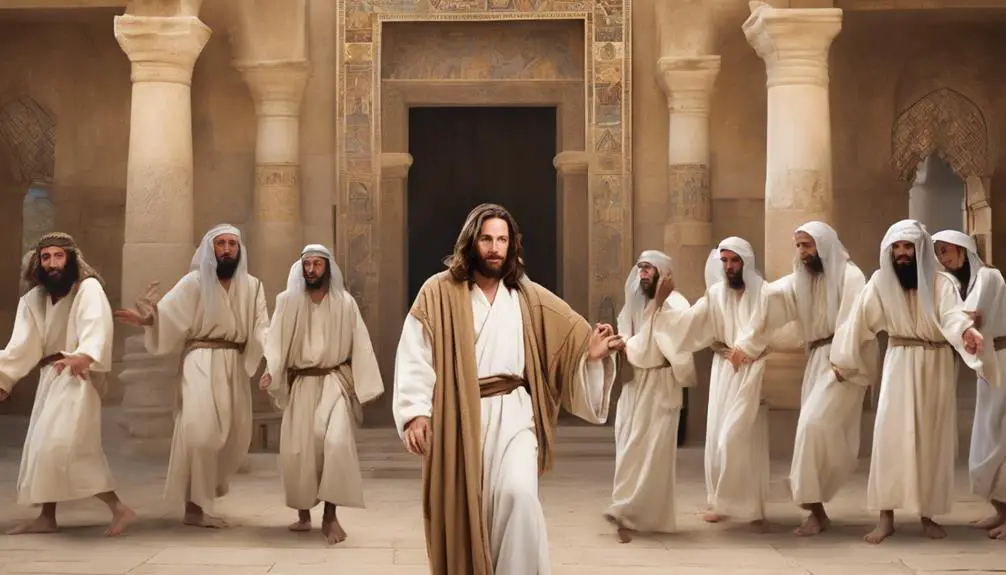
Diving into the cultural context of dancing in antiquity, you'll find that it was deeply woven into the social and religious fabric of society. These ancient dance forms were more than just physical expressions; they were deeply meaningful rituals that communicated social status, religious devotion, and cultural identity. Dance Rituals in Antiquity were widespread and varied, often used to celebrate victories, appease gods, and mark significant life events.
To give you a clearer picture, here's a snapshot of some prominent dance forms and their purposes in antiquity:
Ancient Dance Forms |
Primary Purpose |
|---|---|
Pyrrhic Dance |
Military Celebrations |
Dionysian Rituals |
Religious Festivities |
Gymnopaedia |
Athletic Training |
Hora |
Social Gatherings |
Corybantic Dance |
Religious Worship |
These dances weren't just for entertainment. They held profound significance in the lives of the ancients, shaping their cultural norms and societal structures. The cultural context of these dances can give us insights into the possible influences and meanings behind the biblical references to dance. Understanding this context can help us better interpret the question, "Did Jesus dance?"
Scriptural Interpretations and Dance
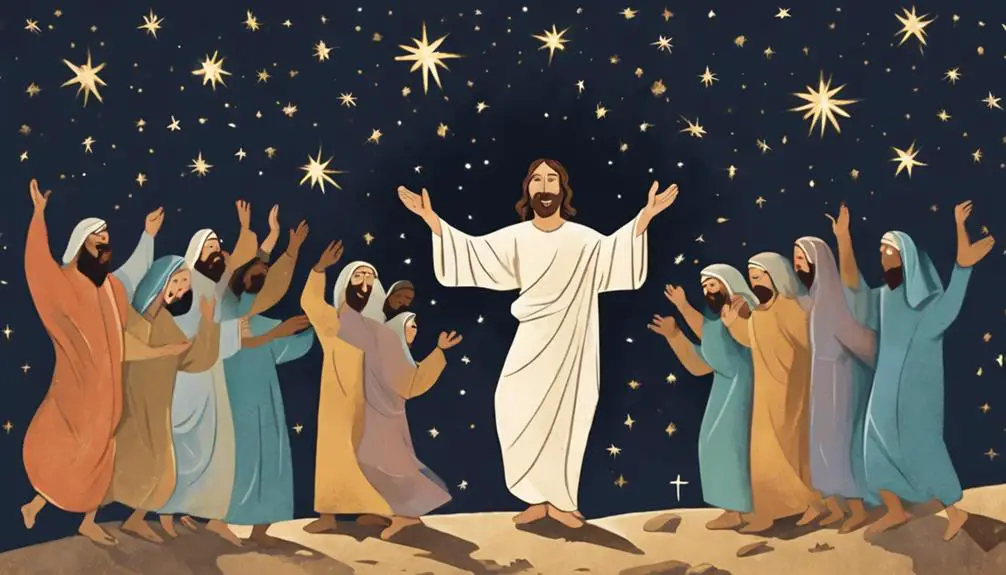
Delving into scriptural interpretations, it's essential you consider the numerous instances where dance is referenced in the Bible, as this can shed light on whether Jesus might've partaken in this cultural practice. Dance symbolism is rife in the scriptures, often representing joy, celebration, and worship. The choreographic implications of these dances, however, were likely more spontaneous than organized, reflecting the cultural norm of the era.
Investigating further, you'll find that dance is mentioned in Exodus 15:20, where Miriam, the prophetess, leads the women in dance after the Israelites' escape from Egypt. Again, in 2 Samuel 6:14, King David dances before the Ark of the Covenant. These instances reflect the importance and spiritual significance of dance in biblical times.
Yet, there's no direct mention of Jesus dancing in the New Testament. However, in Matthew 11:17, Jesus references children dancing in the marketplace, indicating His familiarity with the practice. Understanding these instances and their implications is critical to forming a comprehensive view of Jesus's potential involvement in dance. Remember, though, interpretations vary and the absence of direct evidence doesn't necessarily mean non-participation.
Theological Opinions on Jesus Dancing
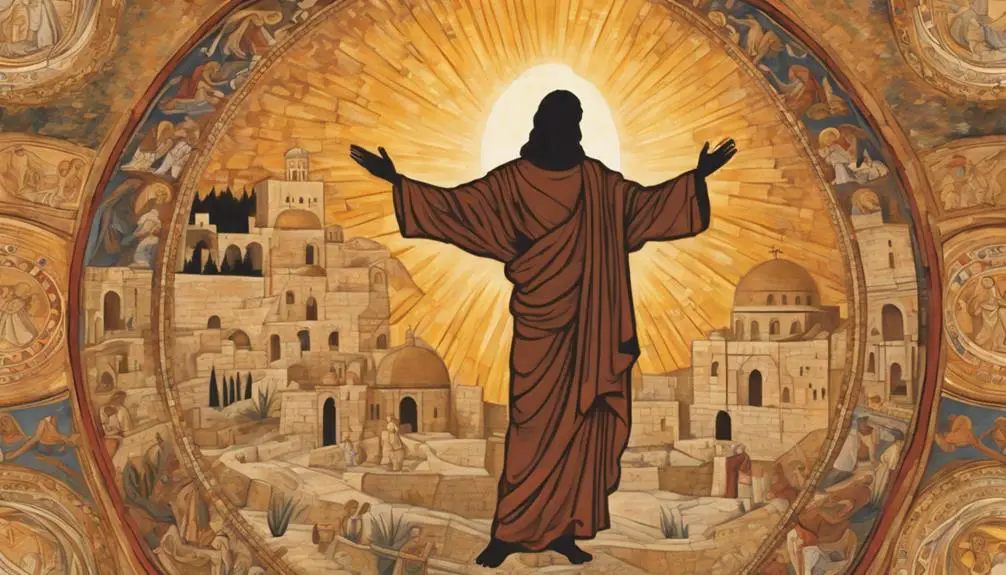
While there isn't a direct biblical account of Jesus dancing, theologians haven't shied away from forming opinions on the matter based on cultural and historical contexts. They've closely analyzed the Divine Dance Theory and the Sacred Rhythm Concept to delve into this intriguing subject.
The Divine Dance Theory is a theological concept that views the interaction between the Father, Son, and Holy Spirit as a divine dance, a harmonious movement of love and unity. Some theologians suggest that if Jesus participated in this divine dance, it wouldn't be a stretch to assume he may have danced in a physical sense during his time on earth, especially considering the cultural importance of dance in Jewish tradition.
On the other hand, the Sacred Rhythm Concept pertains to the rhythm of sacred rituals and liturgies, which often involved dance in ancient times. If Jesus, as a devout Jew, participated in these rituals, he could well have been involved in dance.
But it's important to note, these theories are speculative extrapolations from available data. There's no definitive biblical evidence to confirm Jesus danced, yet these theories offer insightful perspectives for your consideration.
Dance as Worship in Christianity
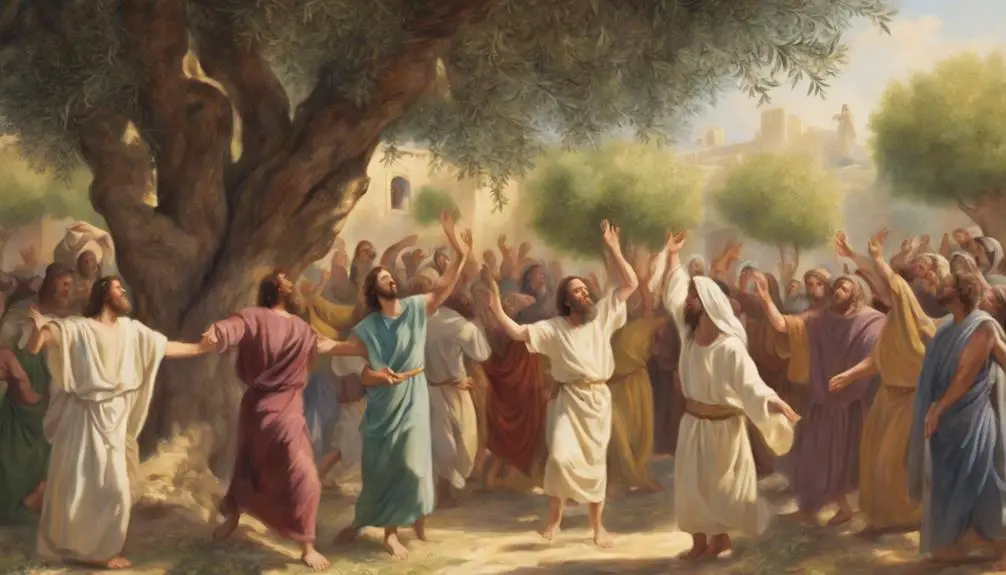
In Christianity, you'll find that dance often plays a significant role in worship, reflecting joy, reverence, and the believer's connection with the divine. It's not just about physical movement; dance symbolism is deeply etched into the fabric of this faith. With each sway, leap, or turn, there's an expression of spiritual ecstasy and surrender, mirroring the soul's yearning for the divine.
These choreographic prayers aren't just performances but profound acts of worship, encapsulating the essence of the holy scriptures. They're an avenue for expressing faith, a language that transcends words. You see, when words fail, the body speaks, translating the inexpressible into artistry and motion. The dance becomes a conduit between the earthly and the spiritual, the human and the divine.
It's essential to understand that in Christianity, dance isn't an add-on. It's a sacred tradition rooted in biblical teachings. It's a form of prayer, a means of expressing gratitude, joy, devotion, and love towards God. This understanding of dance as worship gives a richer, deeper insight into the Christian faith, revealing layers of symbolism, connection, and divine interaction that lie beneath the surface.
Frequently Asked Questions
What Is the Historical Evidence Outside of the Bible That Jesus May Have Danced?
There's no direct historical evidence outside of the Bible indicating Jesus danced. However, dance depictions from His era in various cultural interpretations could suggest the possibility.
It's known that dancing was a part of Jewish tradition, so one could infer Jesus might've participated. But remember, this is purely speculative and not based on concrete historical documentation.
How Did Dance Play a Role in Jesus' Teachings and Parables?
You're asking about dance symbolism and cultural context in Jesus' teachings. Although the Bible doesn't explicitly mention Jesus dancing, it uses dance as a metaphor in various parables, symbolizing joy, celebration, or unity.
Consider, for instance, the parable of the prodigal son where a feast with likely dancing is held.
Dancing, in its cultural context, may have been used in Jesus' teachings to illustrate spiritual truths.
Are There Any Christian Denominations Today That Specifically Discourage or Encourage Dance in Worship?
Yes, there are indeed Christian denominations that have distinct stances on dance in worship. Some sects, such as Pentecostals, embrace dance symbolism, viewing it as a physical expression of spiritual joy.
Others, like certain Baptist churches, discourage it due to their specific church policies, believing it can be a distraction from God's word.
It's essential for you to research and understand each denomination's perspective on this issue.
How Does the Possible Notion of Jesus Dancing Align With the Idea of Him Being Fully Human and Fully Divine?
You're examining how Jesus' potential dancing aligns with his dual nature.
Dance, as a human expression, could represent his human side. If we view it as a divine movement, it could symbolize his divinity.
The fusion of these aspects in dance could reflect the harmony of his fully human and fully divine nature.
It's not a stretch to imagine Jesus embracing dance, integrating human joy and divine love in each step.
Were There Any Specific Types of Dances That Jesus Would Have Likely Performed if He Did Dance?
If Jesus did dance, the type of dance would likely depend on the cultural context of the time. You'll need to consider the dance symbolism prevalent in his era.
However, the Bible doesn't specify particular dances Jesus might've performed. It's plausible he participated in celebratory or ritualistic dances common in Jewish culture.
Understand, though, this is purely speculative, as scriptural text doesn't confirm Jesus' engagement in dance.
Conclusion
So, did Jesus dance in the Bible? The text doesn't explicitly tell us. Yet, considering the cultural context and scriptural interpretations, it's plausible he may have participated in dance as part of worship or celebration.
Theological views vary, but it's clear that dance holds a valued place in Christian worship. Keep in mind, understanding the Bible often involves interpreting within historical, cultural, and theological frameworks.


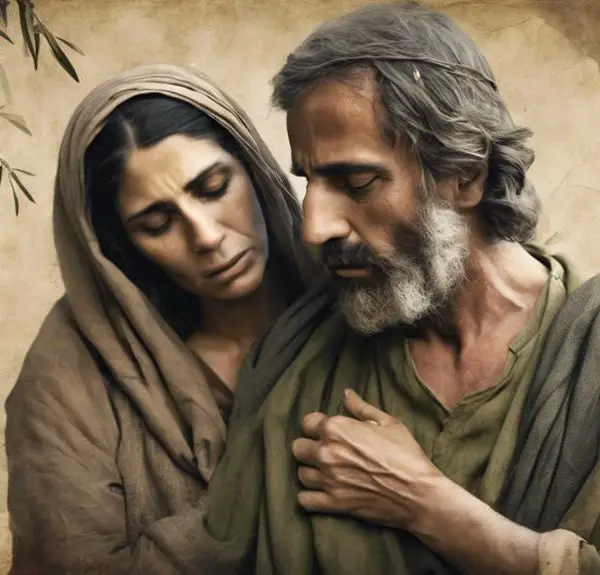
Sign up